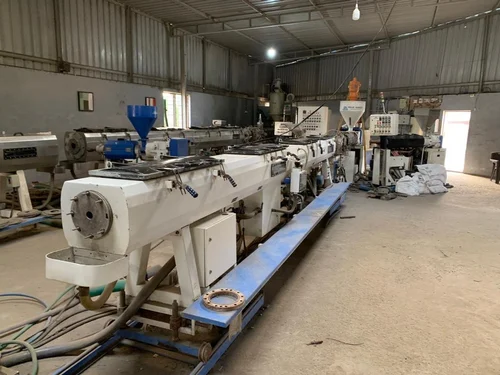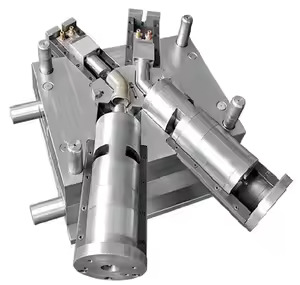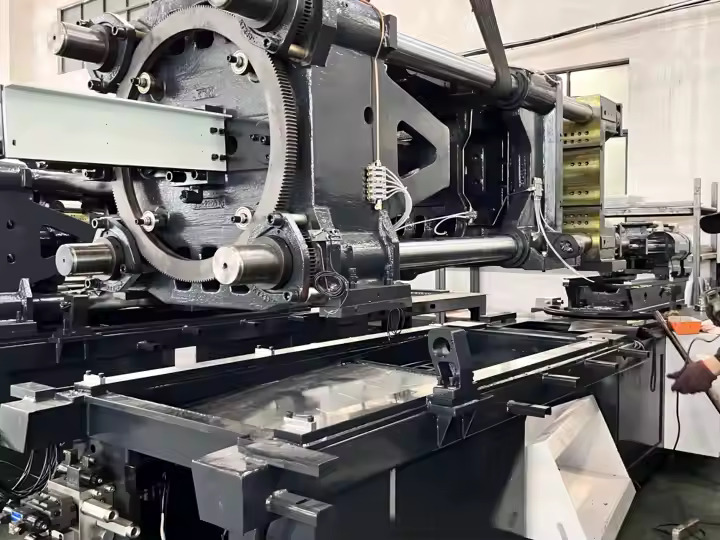
The Role of CAD in Designing PVC Molds
Computer-Aided Design (CAD) plays a crucial role in the design and development of molds for processing polyvinyl chloride (PVC). PVC, a widely used thermoplastic polymer, requires precision-engineered molds to ensure high-quality products with accurate dimensions and consistent performance. CAD software streamlines the mold design process, offering tools for intricate detailing, error prediction, and optimization.
Precision in Mold Design
CAD allows engineers to create highly detailed and precise designs for PVC molds. It enables accurate dimensional specifications, which are critical for achieving the tight tolerances required in PVC molding. The software supports complex geometries and intricate patterns, ensuring that the mold perfectly matches the desired product shape. This precision reduces material waste and minimizes the need for post-production adjustments.
Design Visualization
One of the primary advantages of CAD is its ability to visualize the mold design in three dimensions. Engineers can create virtual models of the mold, view them from different angles, and simulate the molding process. This visualization helps in identifying design flaws, assessing the feasibility of production, and ensuring that the mold meets functional and aesthetic requirements.
Material-Specific Optimization
PVC has unique properties, such as a lower melting point and sensitivity to temperature variations. CAD software helps optimize mold designs to accommodate these characteristics. Features like cooling channels and venting systems can be incorporated into the mold design to manage heat dissipation and reduce defects such as warping or incomplete filling.
Simulation and Analysis
CAD integrates with simulation tools like Moldflow analysis, which are critical in mold design for PVC. These tools simulate the flow of molten PVC within the mold cavity, allowing engineers to predict issues such as air traps, weld lines, and uneven material flow. By addressing these problems during the design phase, manufacturers can prevent costly errors in production.
Customization and Iteration
PVC molds are often used to produce diverse products, from pipes and fittings to automotive components and consumer goods. CAD enables rapid customization of mold designs to meet specific client requirements. Engineers can easily modify existing designs, experiment with variations, and iterate efficiently, significantly reducing development time.
Integration with Manufacturing
CAD designs can be directly linked to computer-aided manufacturing (CAM) systems. This integration allows the seamless transfer of mold designs to CNC machines for precise machining. It ensures that the physical mold matches the virtual design, maintaining high accuracy and quality in production.
Cost and Time Efficiency
By enabling detailed planning and early error detection, CAD significantly reduces the cost and time associated with mold design for PVC. Virtual testing eliminates the need for multiple physical prototypes, saving resources and accelerating the product development cycle.
Collaborative Design
Modern CAD platforms facilitate collaborative design, allowing teams to work on a mold design simultaneously from different locations. Features like cloud-based storage, version control, and real-time feedback enhance teamwork and streamline the design process.

